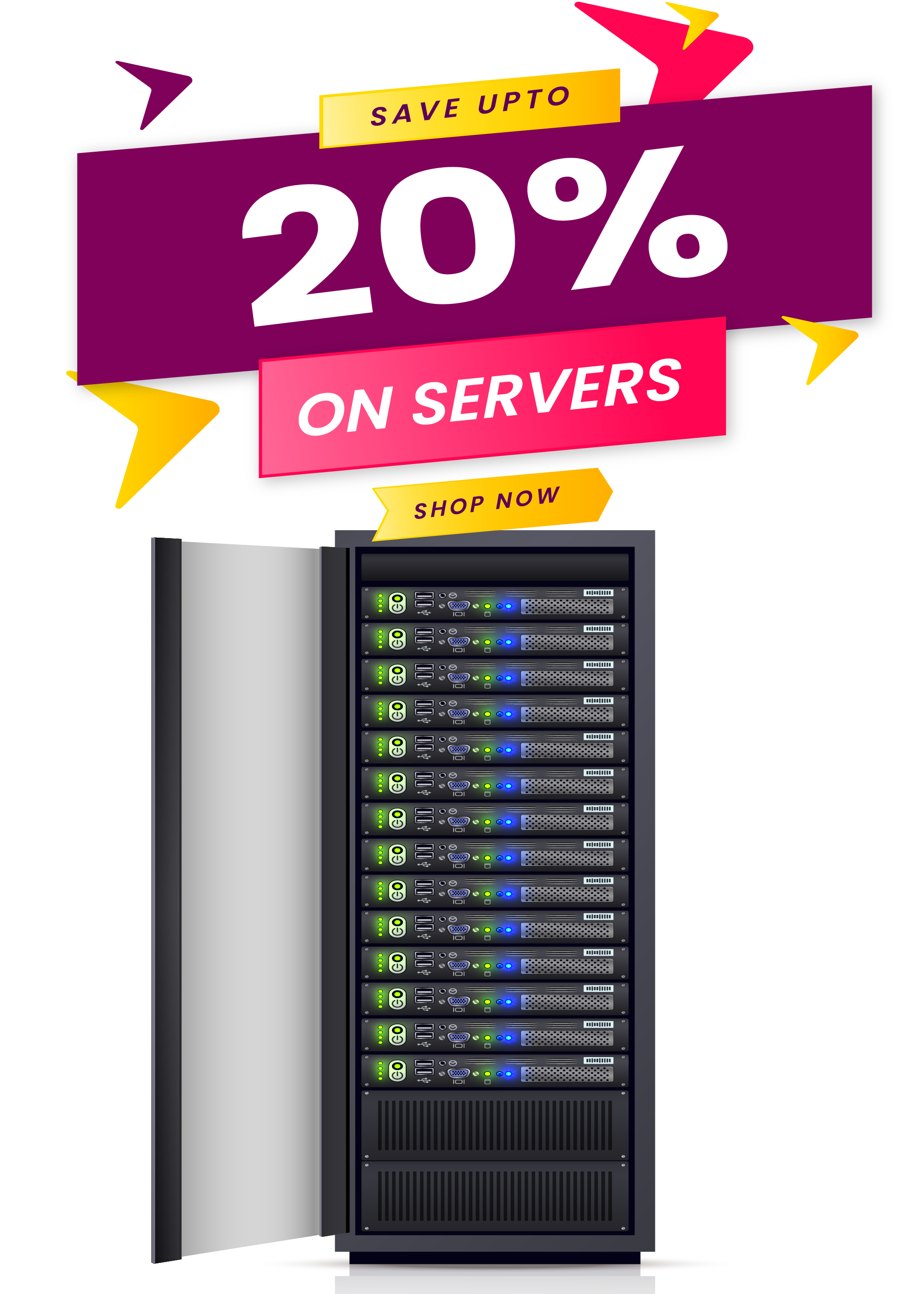How are Cloud Services Measured?

In today’s competitive corporate environment, cloud services are paramount. They offer flexible solutions for a wide range of computing requirements and cloud infrastructure support services. Understanding the metrics, tools, and best practices for assessing these services becomes essential as businesses shift to relying more and more on the cloud. Organizations can manage their strategy by evaluating crucial variables like cost considerations, performance indicators, and resource use.
Thus, measured service in cloud computing generally refers to the ability to control and manage computing resource usage. It consists of continuously tracking the consumed resources, including storage, processing power, and network bandwidth, which allows transparency for both the provider and users. Measured service in cloud computing is crucial because it will enable sufficient resource allocation and usage based on real-time controlling and reporting of the cloud environment.
Key Metrics for Measuring Cloud Services
Compute Resources
- CPU Utilization: Measures the percentage of CPU capacity used by the virtual machines or containers. High CPU utilization indicates that the compute resources are being used effectively, while low utilization may suggest over-provisioning.
- Memory Usage: Monitors the amount of RAM used by applications and services. Consistent high memory usage can lead to performance issues, while low usage may indicate that resources are underutilized.
- Instance Hours: Tracks the number of hours that cloud instances are running. This metric is often used for billing purposes, as many cloud providers charge based on the instance hours consumed.
Storage Resources
- Storage Capacity: Measures the total amount of storage allocated and used. It includes data stored in databases, object storage, and file systems.
- I/O Operations Per Second: It indicates the performance of storage systems by measuring the number of read and write operations per second. High IOPS values are crucial for applications that require fast data access.
- Data Transfer: Monitors the amount of data transferred in and out of the storage systems. This metric is essential for understanding bandwidth usage and potential costs associated with data transfer.
Network Resources
- Bandwidth Utilization: Measures the amount of data transmitted over the network within a specific time period. High bandwidth utilization can affect the performance of cloud services and may lead to additional costs.
- Latency: Indicates the time it takes for data to travel from one point to another within the network. Low latency is critical for real-time applications and services.
- Packet Loss: Measures the percentage of data packets that are lost during transmission. High packet loss can degrade the performance of applications and impact user experience.
Service Availability
- Uptime: Tracks the percentage of time that a cloud service is operational and accessible. High uptime is a key indicator of reliability and is often included in Service Level Agreements (SLAs).
- Downtime: Measures the amount of time that a service is unavailable. This metric is crucial for understanding the impact of outages and planning for redundancy and disaster recovery.
Security Metrics
- Number of Security Incidents: Tracks the number of security breaches, attempted attacks, and other incidents. This metric helps in assessing the security posture of cloud services.
- Compliance Audits: Measures the frequency and results of compliance audits conducted to ensure that cloud services meet regulatory and industry standards.
Tools for Measuring Cloud Services
Cloud Provider Tools
- AWS Cloud Watch: Provides monitoring and management for AWS resources. It offers metrics for CPU, memory, storage, and network usage, along with alerting and automated actions.
- Azure Monitor: Offers comprehensive monitoring for Azure resources, including metrics for computing, storage, and network. It also integrates with Azure Security Center for security monitoring.
- Google Cloud Monitoring: Delivers visibility into the performance, availability, and health of Google Cloud Platform (GCP) resources. It supports custom metrics and alerting.
Best Practices for Measuring Cloud Services
Define Clear Objectives
- Determine the key metrics that are most relevant to your business goals. This could include performance, cost, security, or compliance metrics.
- Establish baseline measurements to understand the current state of your cloud services.
Implement Continuous Monitoring
- Set up continuous monitoring to collect real-time data on cloud service usage and performance. It allows for proactive management and quick identification of issues.
- Use automated alerting to notify relevant teams of potential problems, ensuring timely resolution.
Optimize Resource Utilization
- Regularly analyze metrics to identify underutilized or over-provisioned resources. Adjust resource allocation to optimize performance and cost efficiency.
- Implement auto-scaling to dynamically adjust resources based on demand, ensuring optimal usage without manual intervention.
Ensure Security and Compliance
- Monitor security metrics to detect and respond to potential threats. Use tools that provide insights into security incidents and vulnerabilities.
- Conduct regular compliance audits to ensure that cloud services meet regulatory and industry standards. Use metrics to track audit results and address any identified issues.
Leverage Dashboards and Reports
- Use visualization tools to create dashboards that provide a clear overview of cloud service metrics. This helps quickly identify trends and potential issues.
- Generate regular reports to share insights with stakeholders and support decision-making processes.
Indeed, measuring cloud services is a calculative approach for organizations looking for optimal performance, cost-efficiency, and informed decision-making. By understanding key metrics such as resource utilization, performance indicators, and associated costs, coupled with implementing best practices like efficient tagging and continuous resource reviews, businesses can easily negotiate the complexities of the cloud landscape.


